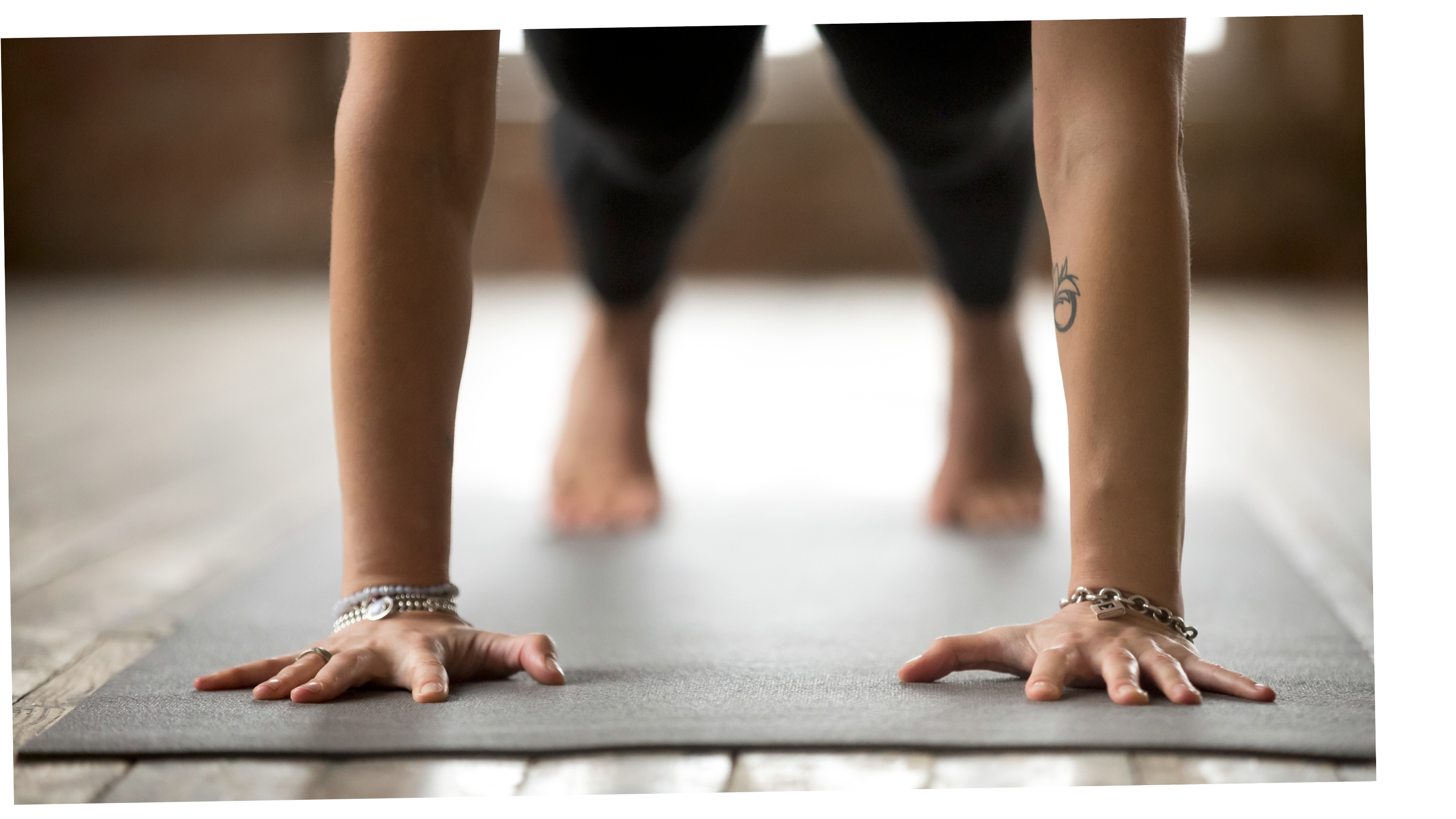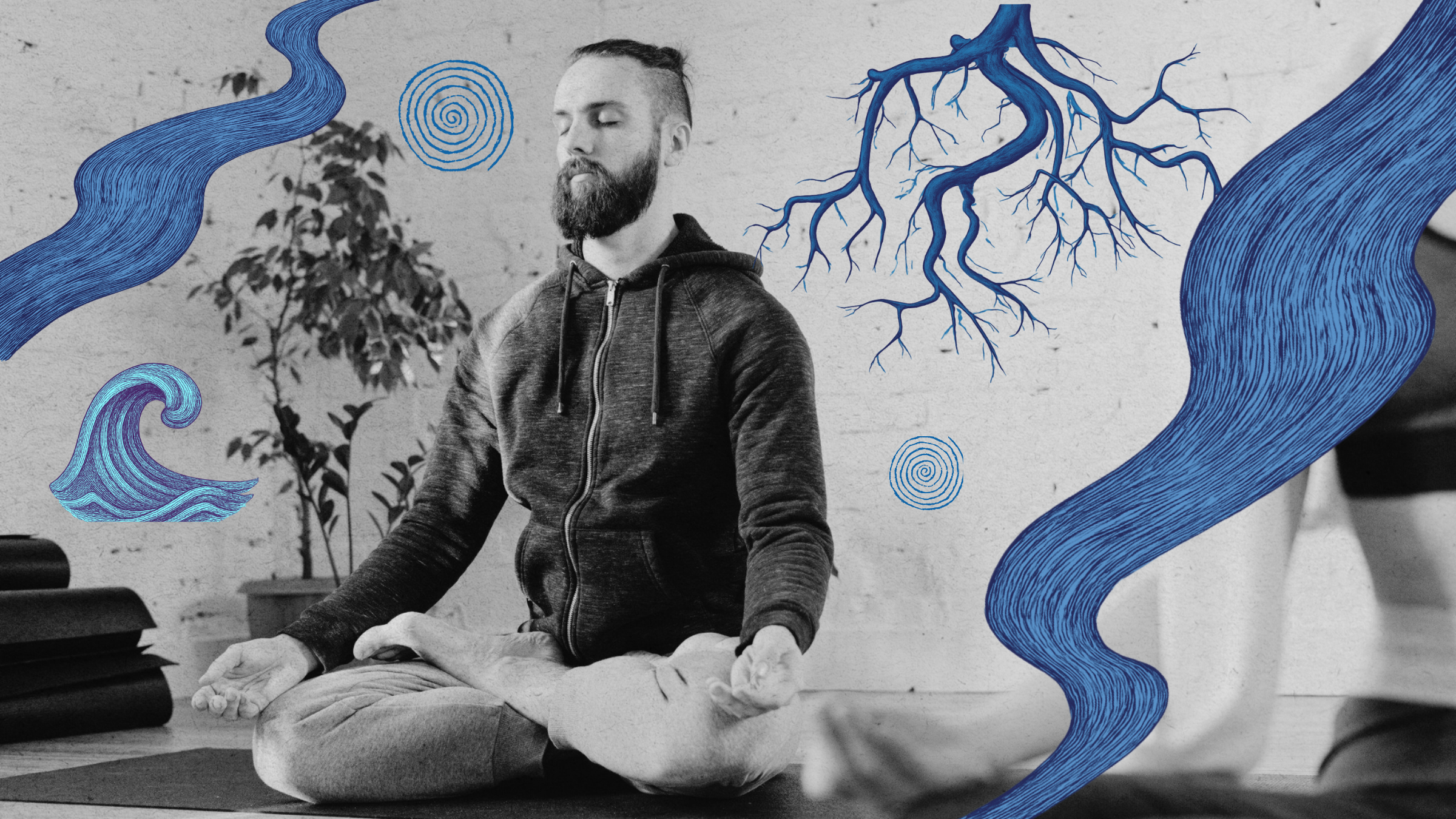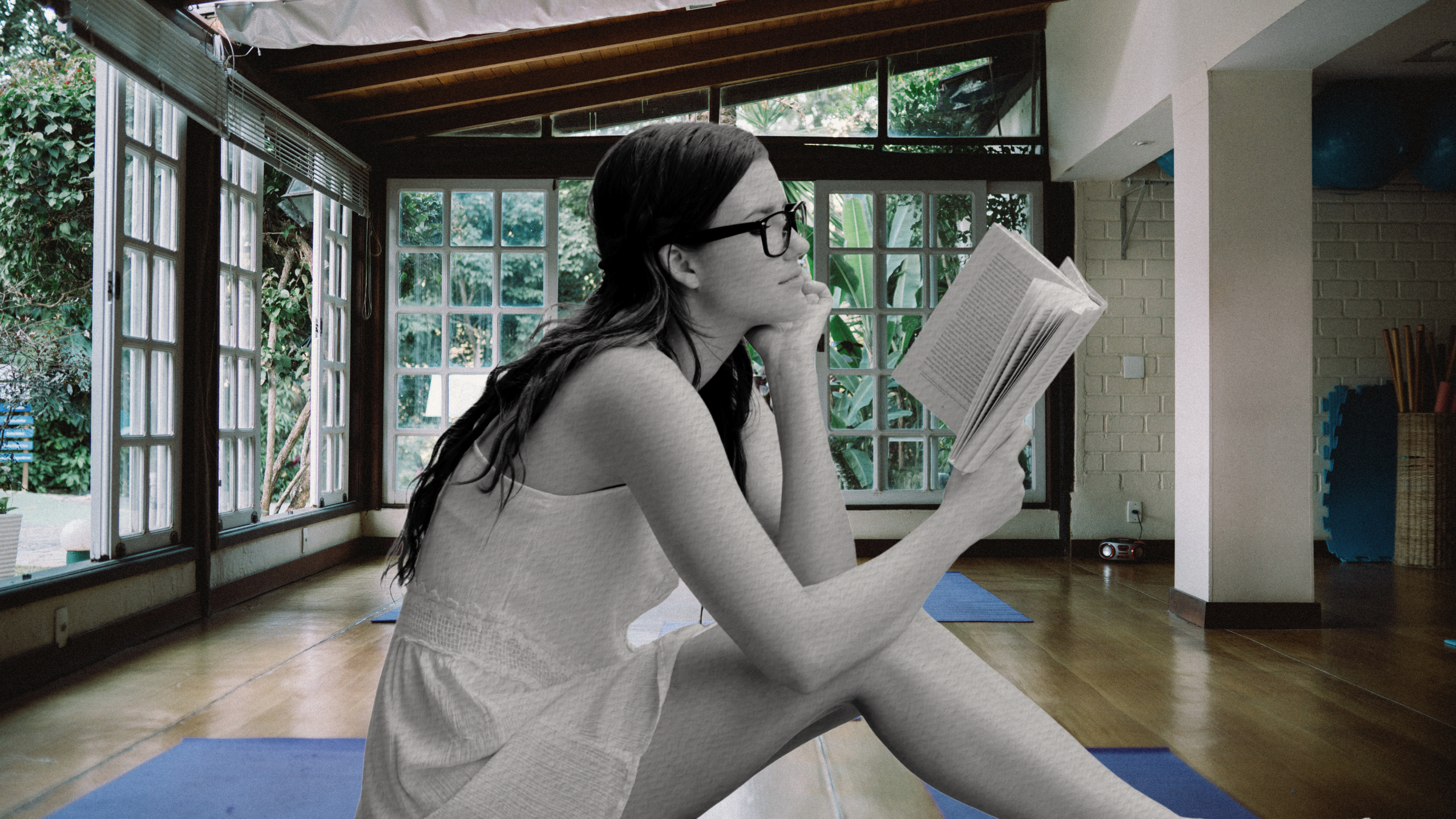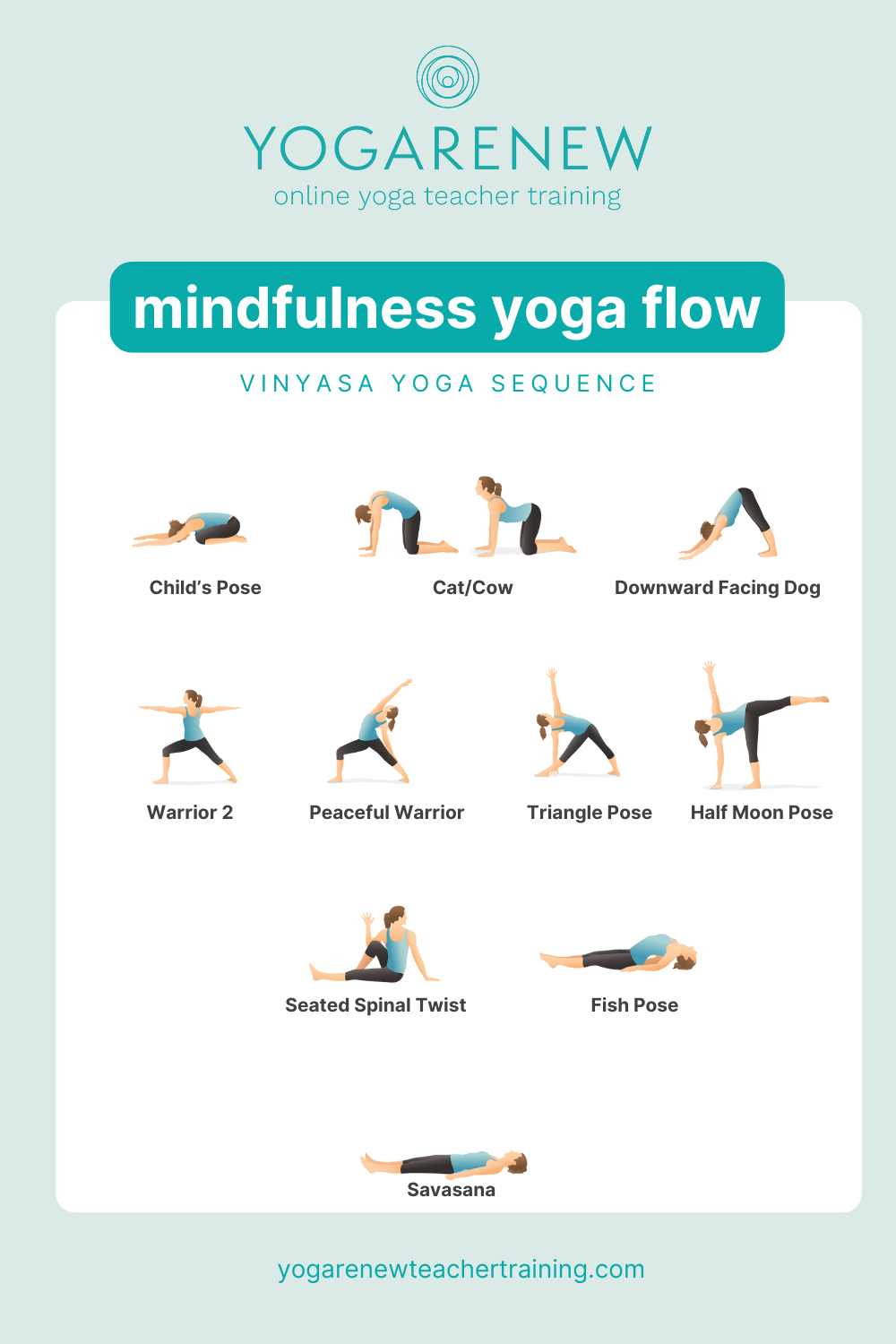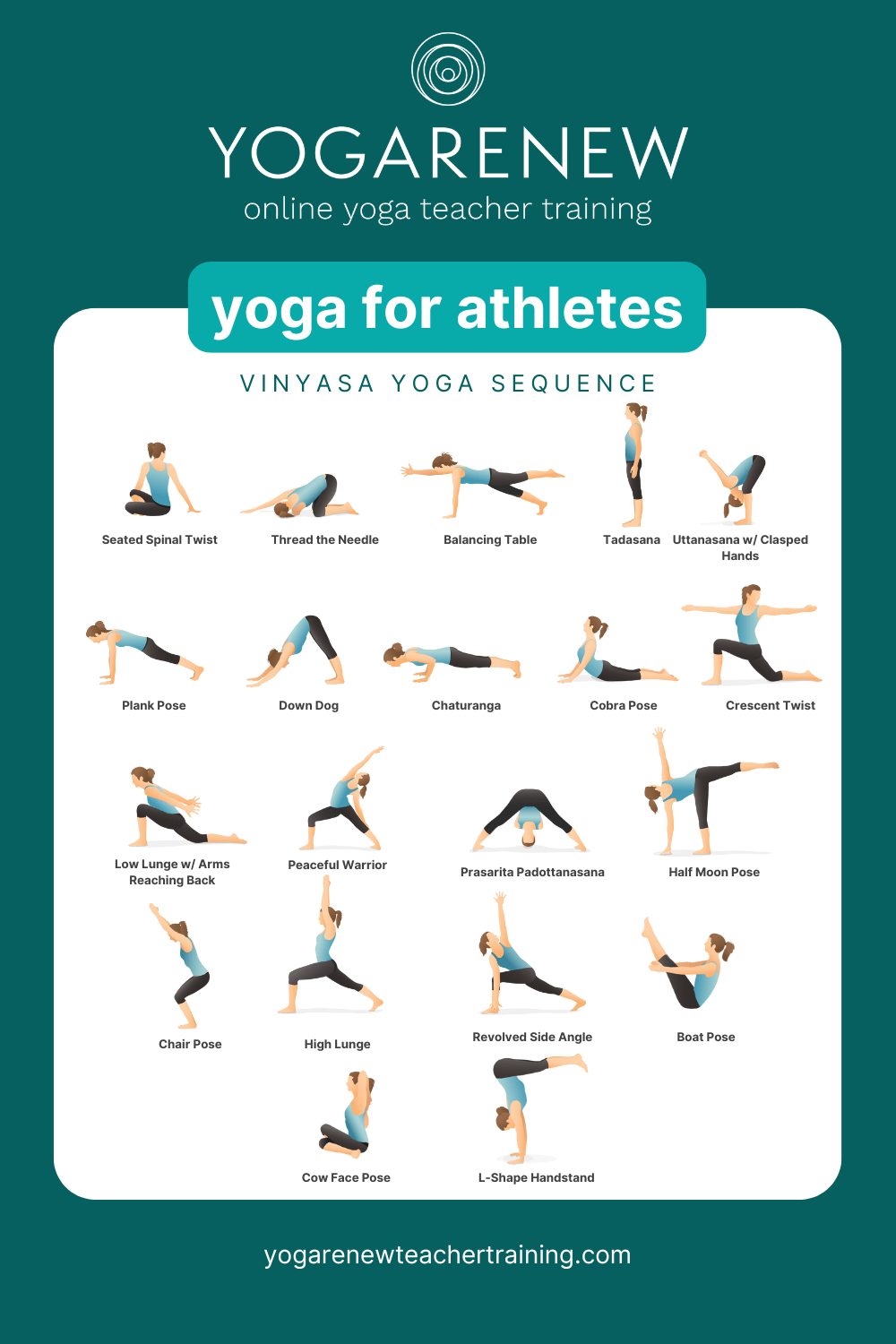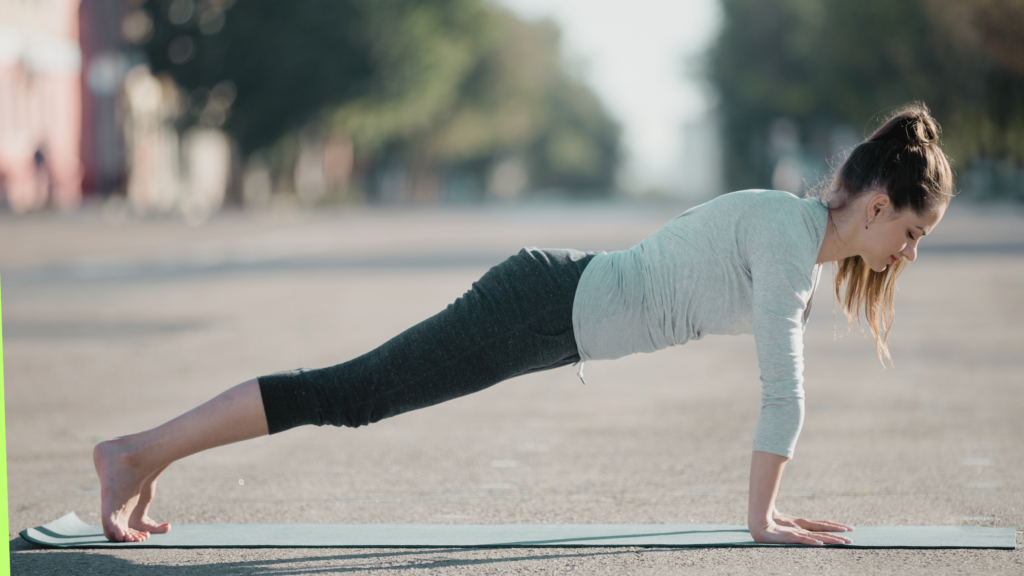#yoga
#yoga
[ follow ]
#mindfulness #wellness #mobility #flexibility #balance #boundaries #breathwork #injury-prevention #morning-routine
fromYoga Journal
5 days agoLove, Lies, and Betrayal Define This Murder Mystery Novel Set in a Yoga Studio
At thirty years old, I have been teaching yoga for a third of my life. In my corner of the world, it's almost like a clique. Everyone knows who's who, and what's more menacing is that everybody seems to know each other's business. Of course, there are pluses and minuses, but for the most part, it feels more like a popularity contest than a viable career.
Books
fromYoga Journal
2 weeks ago3 Best Shoulder-Strengthening Exercises You Can Do At Home
What's especially helpful about these is that you can incorporate them into your existing yoga practice or gym workout. They also bring a surprise factor in that they're not things that you might normally think to try on your mat. Even better, it's not an entire 30-minute strength conditioning workout. It's simple drills you can rely on every single day to strengthen your shoulders.
Yoga
fromYoga Journal
3 weeks agoHolidays Got You Stressed? You Need These 5 Calming Tools.
As defined by brands and advertisers, the holidays mean socializing, decorating, gift buying, cooking, traveling, and forced socializing. For many of us, that feels like barely contained chaos. Yes, it can be lovely to partake in the spirit of giving and gratitude and all that comes with it. But it's entirely too easy, amid the endless tasks and commitments, to lose yourself and forget about the things that keep you grounded.
Yoga
fromYOGMAY
4 weeks agoUnderstanding Maya: How Illusion Shapes Human Experience - YOGMAY
In Indian philosophy, few concepts are as profound and transformative as Maya. Often translated as "illusion," Maya is not merely a false reality but a complex force that shapes how we perceive the world. It influences our emotions, decisions, attachments, and spiritual journey. For seekers, yogis, and students at Nada Yoga School in Rishikesh, understanding Maya is essential for inner clarity and self-realization.
Yoga
fromYoga Journal
1 month ago8 Yoga Poses to Clear Brain Fog (Which a New Study Shows We All Have)
Brain fog is very real. According to a recent study, "cognitive disability"-defined as difficulties concentrating, remembering, and making decisions-is on the rise in the U.S. The phenomenon is most dramatically affecting those between the ages of 18 to 39, with the self-reported impairments doubling over the course of the decade-long analysis. Potential culprits include stress, Covid, and digital overload. Fortunately, banishing-or at least minimizing-brain fog is within your power.
Mindfulness
fromYoga Journal
1 month agoAchy Wrists? You Need These 5 Simple Stretches for Pain Relief.
Plank. Chaturanga. Downward-Facing Dog. Crow. Handstand. What do all of these very different yoga poses have in common? Each of them requires wrist extension, in which the backs of the hands are drawn toward the forearms as if you're signalling "Stop!" We constantly extend and bear weight on extended wrists in yoga, particularly in vinyasa classes. The aching you might feel in your wrists after leaving class? That's often the result of overworking the wrist extensors.
Wellness
fromYoga Journal
1 month agoCelebrating 50 Years of Yoga Journal: Where Yoga Has Been And Where It's Headed
Yoga. One ancient tradition, several millennia of evolution, and as many interpretations as there are people who practice it. So what exactly do we mean when we talk about yoga? For the last 50 of those 5000 years, Yoga Journal has returned to that question again and again, exploring how this ancient practice helps us navigate the complexities of contemporary life.
Yoga
fromYoga Journal
1 month agoWhat to Expect From the Next 50 Years of Yoga, According to Students and Teachers
As we commemorate the last 50 years of Yoga Journal, we also turn our attention to what lies ahead. Because although the practice of yoga coaxes us into the present, what has happened before and what has yet to happen are inextricably intertwined. The following article explains all that and more as part of Yoga Journal's 50th anniversary coverage of yoga's evolving role in America throughout the 1980s, 1990s, 2000s, 2010s, and 2020s.
Yoga
fromYoga Journal
1 month agoYoga: A Living Philosophy
Just as an Indian carpet is interwoven with many threads of various colors to produce a perceivable pattern of harmony, Indian writings and religion are interwoven, perhaps in an even more complex way, to produce the pattern we have come to know as Indian philosophy. But for the novice, this pattern can be more than confusing; it can be overwhelming. Actually, one can begin in a systematic way to study and discover the various teachings of Indian philosophy, such as Yoga.
Philosophy
fromYoga Journal
2 months agoShrug Off Shoulder Tension With These 10 Strengthening Exercises
Think of the dozens of activities that are driven by these muscles (brushing your teeth, washing your hair, making breakfast, typing, driving, carrying groceries, practicing Plank and Downward Dog, and the list goes on). As the most mobile joints in the body, the shoulders are also susceptible to injury on and off the yoga mat. Sometimes it's not until you feel a strain, tweak, or otherwise unpleasant sensation that you realize just how much you rely on them-and how frustrating shoulder discomfort can be.
Yoga
fromYoga Journal
2 months agoNo One Cares What's Happening On Your Mat-And That's a Good Thing
You know that small, quiet panic that shivers through you when it feels like someone is watching you? Butterflies in your stomach, goosebumps, perhaps a sheen of sweat? Like you're onstage, even if that "stage" is just a public sidewalk? I used to get that feeling in yoga class. For nearly a decade, I approached each practice as a place of success and failure, all while believing that everyone present was bearing witness to, and judging, my every pose.
Mindfulness
Remodel
fromYanko Design - Modern Industrial Design News
2 months agoThe Bamboo Yoga Deck Creates a Nest of Serenity and Sustainable Wellness in Nature - Yanko Design
A suspended bamboo yoga deck elevates practice through natural materials, intimate scale, and an immersive outdoor setting that enhances serenity.
fromYoga Journal
2 months ago8 Stretches to Make Your First Downward Dog Feel Less Intense
There's a pit of dread in my stomach. I awkwardly fidget, trying to balance my weight evenly between my hands and feet but inevitably paining my wrists or ripping my hamstrings seemingly in half. What should be an inverted V shape more closely resembles the upper half of a capital D, my legs the straight line and my back the rounded curve, too stiff to straighten. Even if I could do it, it doesn't look quite right. "This is terrible," I think.
Yoga
fromYoga Journal
3 months agoFall Yoga Routine Ideas: 15 Ways to Change Things Up
At its essence, the fall equinox-and autumn at large-are about balance. Day and night meet in length as we are ushered into the last leg of the year in which everyone seems overcome with cravings for all things spiced and attempts at committing to more things than is humanly possible. Through it all, your yoga practice remains as essential as ever. So why not make it a place of refuge?
Yoga
fromYoga Journal
3 months ago5 Yoga Practices That Double as a Full-Body Strength Workout
When pondering your next full-body strength workout, a yoga practice may not be the first thing that springs to mind. But it should be! Whether or not yoga counts as strength training depends on the style of yoga and how you approach it, but there's no doubt that the right practice can give you and your muscles a serious workout.
Exercise
fromYoga Journal
3 months ago5 Glute-Strengthening Exercises You Can Do in Minutes
It's about time strong glutes experience a resurgence in pop culture. These powerful posterior hip muscles have always been crucial to everyday actions you likely take for granted, namely standing up, climbing stairs, running, and practicing yoga, not to mention simply standing upright. With fashion finally catching up with function, you'll experience these benefits of strong glutes when you practice these glute-strengthening exercises. Sneak them into your existing yoga practice or include them in your gym workout.
Yoga
fromYoga Journal
3 months agoHey, Weight Lifters! These 5 Yoga Poses Will Improve Your Mobility.
Mobility work is key for anyone who lifts, whether you're a bodybuilder or the occasional gym-goer. Mobility is more than just being bendy-it's also having the strength and stability to use your range of motion functionally, which is critical for exercises such as squats and deadlifts. In exercise, mobility is the active ability to move a joint through its full range of motion with control.
Yoga
fromFuncheap
3 months agoFree Fitness SF Rooftop "Bootcamp" at Salesforce Park (Every Wednesday)
A relentless, time-efficient, action-packed workout that will bring heart-thumping drills & total body challenges. Provided by FITNESS SF. This program is free and open to the public. Fitness and Wellness provided by Fitness SF ZUMBA®: Mondays, 6 - 7 p.m. at Main Plaza Yoga: Wednesdays, 12:30 - 1:30 p.m. at Amphitheater Bootcamp: Thursdays, 8 - 9 a.m. at Main Plaza
Wellness
[ Load more ]

